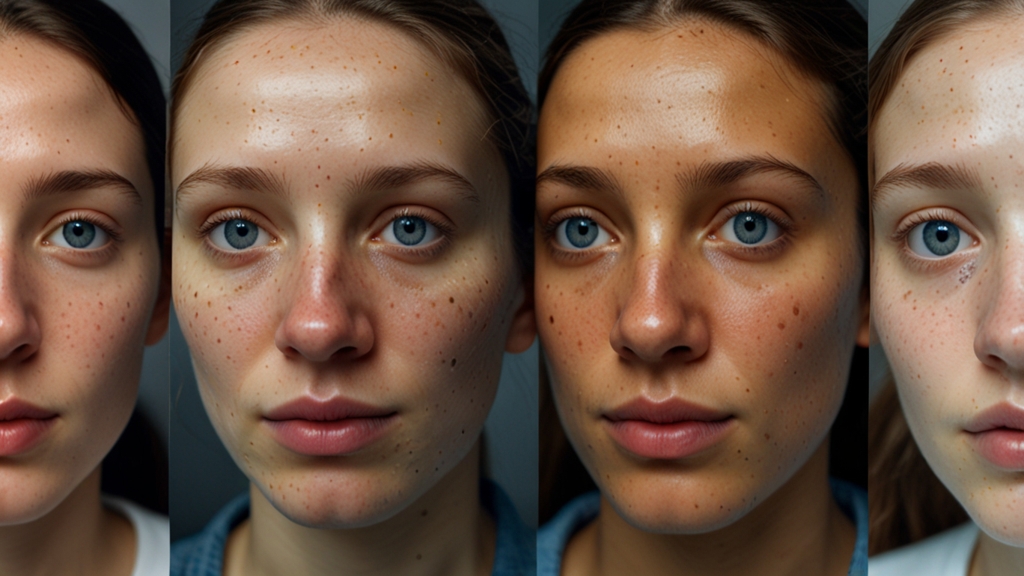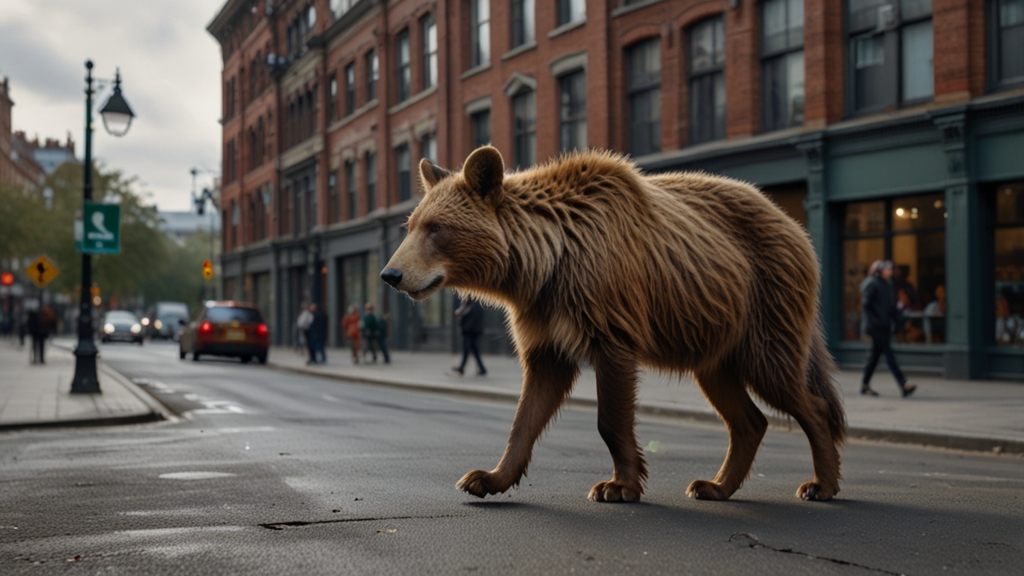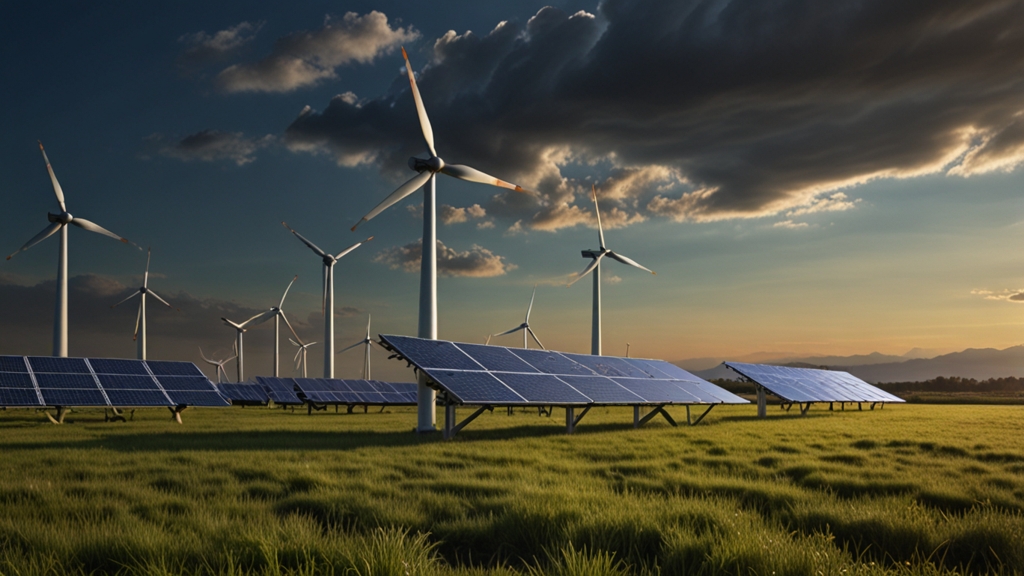The Science Behind Facial Recognition: How AI Sees You
Facial recognition technology is an integral part of our everyday lives, from unlocking smartphones to passing through airport security. But have you ever wondered how artificial intelligence (AI) actually “sees” and identifies your face? This intricate process involves a combination of machine learning, neural networks, and an understanding of the unique features that make up human faces. Let's delve into the science behind this fascinating technology.
The Basics of Facial Recognition
Facial recognition systems generally work in two stages: detecting a face in an image and identifying or verifying who the face belongs to.
Face Detection: This is the process of finding a face within an image or a video. Modern systems use complex algorithms to pick out facial markers like the distance between the eyes, the width of the nose, and the shape of the jawline. Popular algorithms include the Viola-Jones object detection framework, which can detect faces in real-time.
Face Identification: Once a face is detected, the system needs to identify whose face it is. This involves comparing the detected face against a database of stored faces or known individuals. The comparison often relies on deep learning models that map facial features into numerical vectors, called embeddings, which can then be matched against pre-existing vectors in the database.
Machine Learning and Neural Networks
At the core of facial recognition technology is machine learning, particularly deep learning using neural networks. Neural networks are designed to mimic the human brain, allowing the system to learn and make decisions based on the data it processes.
"The deeper the network, the more layers of information can be analyzed, thus improving accuracy and performance."
Convolutional Neural Networks (CNNs) are particularly effective for image recognition tasks. A CNN consists of multiple layers, each performing different functions such as edge detection and feature mapping. When trained on vast datasets of images, a CNN can learn to pick up on subtle patterns and nuances in facial features that might be missed by simpler algorithms.
Training the System
Training a facial recognition system involves feeding it a large number of labeled images. The system iteratively processes these images, adjusting its parameters until it can accurately identify or verify faces. The quality of the training data is crucial—diverse datasets help to ensure that the system can recognize faces under various conditions, such as different lighting, angles, and expressions.
"Bias in training data can lead to discrepancies in recognition accuracy across different demographics, highlighting the importance of balanced and comprehensive datasets."
From Pixels to Patterns
Facial recognition systems convert images into pixel data which is then analyzed to extract patterns. Here's a brief overview of how this conversion works:
- Preprocessing: The image is normalized to account for variability in lighting and angle.
- Feature Extraction: Key facial points (like eyes, nose, and mouth) are identified and their relative positions are calculated.
- Embedding: The extracted features are converted into a unique numerical representation. This representation, or 'embedding', is what the system uses for comparison.
Real-World Applications and Limitations
Facial recognition technology has numerous applications beyond just unlocking phones. It's used in law enforcement to identify suspects, in retail to personalize shopping experiences, and even in healthcare to monitor patient conditions. However, it does come with its set of limitations and ethical concerns.
Accuracy can be affected by factors such as poor lighting, occlusions (like sunglasses or masks), and natural aging. Moreover, there are significant concerns regarding privacy and the potential for misuse of biometric data.
As the technology continues to evolve, researchers are working on making facial recognition systems more accurate, fair, and secure. Technologies like differential privacy and federated learning are being explored to address some of these concerns.
The Future of Facial Recognition
The future of facial recognition is promising, with advancements on the horizon that could make the technology even more accurate and versatile. Multi-modal biometric systems that combine facial recognition with other biometric data like fingerprints or voice recognition are being developed to enhance accuracy and security.
Despite its challenges, facial recognition technology has the potential to bring about significant benefits, provided it is developed and used responsibly. Understanding the science behind it is the first step towards appreciating both its potential and its limitations.
"As facial recognition technology continues to advance, the balance between technological benefits and ethical considerations will be pivotal in shaping its future applications."









